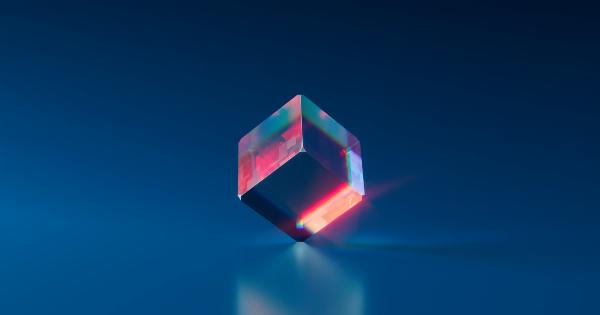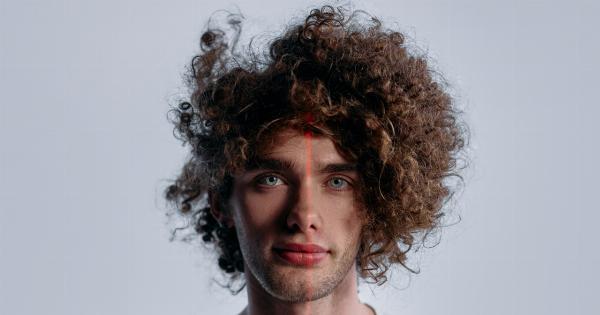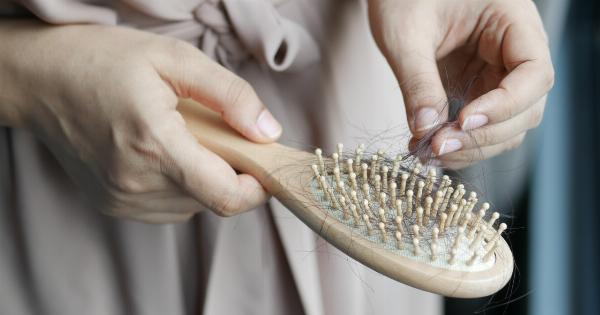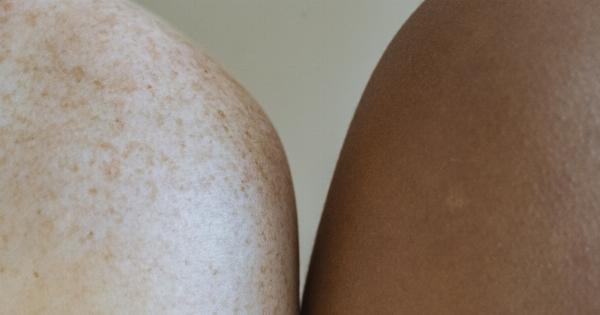Have you ever wondered how laser waxing works? Brace yourself for an up-close and personal look at this innovative hair removal technique.
In this mesmerizing slow-motion video, witness the power of laser technology as it eliminates unwanted hair, leaving the skin smooth and silky.
The Science Behind Laser Waxing
Laser hair removal is a popular cosmetic procedure that uses concentrated beams of light to remove unwanted hair. The process involves targeting the hair follicles, heating them, and destroying them at their root.
As a result, the hair growth is significantly reduced, providing a longer-lasting outcome compared to traditional waxing methods.
The Benefits of Laser Waxing
1. Precision: With laser waxing, the treatment can be precisely targeted to specific areas, ensuring that only unwanted hair is affected, without damaging the surrounding skin.
2. Long-lasting results: Unlike traditional waxing, which requires frequent sessions to maintain smooth skin, laser waxing provides long-term hair reduction, resulting in fewer treatments over time.
3. Time-saving: Laser waxing covers a larger treatment area per session, reducing the overall time spent on hair removal.
4. Minimal discomfort: While traditional waxing can be painful, laser waxing generally causes minimal discomfort. Some individuals describe a sensation similar to a rubber band snapping against the skin.
5. Suitable for various skin types: Laser waxing can be performed on different skin types and tones, making it an inclusive hair removal option for many.
The Laser Waxing Process
During a laser waxing session, you will be provided with protective eyewear to shield your eyes from the laser light. The technician will use a handheld laser device that emits a concentrated beam of light.
The device will be moved over the treatment area, systematically targeting the hair follicles.
As the laser emits pulses of light, the energy is absorbed by the pigment (melanin) in the hair follicles, destroying them at the root. This process prevents future hair growth in the treated area.
The duration of each session depends on the size of the treatment area. Smaller areas such as the upper lip or underarms may only take a few minutes, while larger areas like the legs or back can take up to an hour.
The Slow-Motion Video Experience
The slow-motion video provides a rare opportunity to witness the laser waxing process in intricate detail. As the video begins, you can see the technician adjusting the laser device and positioning it over the treatment area.
The laser is activated, and you instantly notice the focused beam of light targeting the hair follicles.
Although the process is swift, the slow-motion effect allows you to observe the reaction of the hair follicles as they absorb the laser’s energy.
Each hair follicle is visibly disrupted, with the light energy transforming into heat. The heat destroys the follicle, preventing further hair growth.
As the laser moves across the skin, a pattern emerges, showcasing the precision and efficiency of the laser waxing technique.
The slow-motion video also captures the reactions of the treated individuals. You can see subtle expressions of surprise, as well as a sense of relief, knowing they are one step closer to achieving their desired hairless results.
Laser Waxing: Fact or Fiction
There are some misconceptions surrounding laser waxing. Let’s take a moment to address these myths and separate fact from fiction.
Myth: Laser waxing is painful
This is fiction. While there may be slight discomfort during the procedure, laser waxing is generally well-tolerated by most individuals. Topical numbing creams can also be used to minimize any potential discomfort.
Myth: Laser waxing is only effective on light skin
This is fiction. Advances in laser technology have made laser waxing suitable for various skin types and tones. However, it is important to consult with a skilled technician who can adjust the laser settings based on your skin tone for optimal results.
Myth: Laser waxing results are immediate
This is fiction. Laser waxing requires multiple sessions to achieve optimal results. The number of sessions varies depending on factors such as hair thickness, the treated area, and individual response to the treatment.
Patience is key when undergoing laser waxing.
Laser Waxing Aftercare
After each laser waxing session, it is important to follow proper aftercare instructions to ensure the best outcomes. Here are some essential tips to keep in mind:.
1. Avoid sun exposure
Laser-treated skin is more sensitive to sunlight. It is crucial to protect the treated areas from direct sun exposure by wearing protective clothing or applying sunscreen with a high SPF.
2. Skip hot baths and vigorous exercise
Avoid hot baths, saunas, and intense physical activities that may cause excessive sweating for at least 24-48 hours after the treatment. This helps prevent irritation and allows the skin to heal properly.
3. Moisturize regularly
Keep your skin hydrated by applying a gentle moisturizer to the treated areas. This aids in the healing process and helps maintain the skin’s overall health and appearance.
4. Avoid plucking or waxing treated hair
During the laser waxing process, the hair follicles are weakened. It is important to refrain from plucking or waxing the treated hair between sessions to allow the laser to target the weakened follicles effectively.
5. Schedule follow-up sessions
Laser waxing requires multiple sessions to achieve desired results. It is essential to follow the recommended treatment plan and schedule follow-up sessions accordingly to maximize the benefits of the procedure.
Conclusion
Laser waxing is a cutting-edge hair removal technique that offers precision, long-lasting results, and minimal discomfort. The slow-motion video provides an captivating look at the process, showcasing its efficiency and effectiveness.
With proper aftercare and multiple sessions, laser waxing can help you achieve smooth, hairless skin, giving you the confidence to embrace your natural beauty.



























